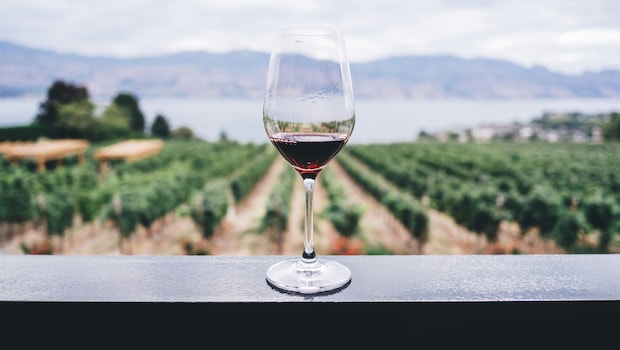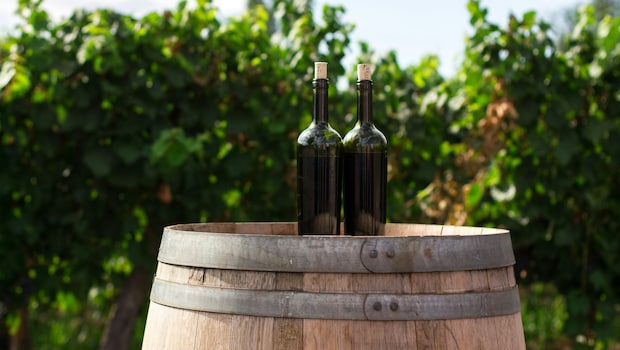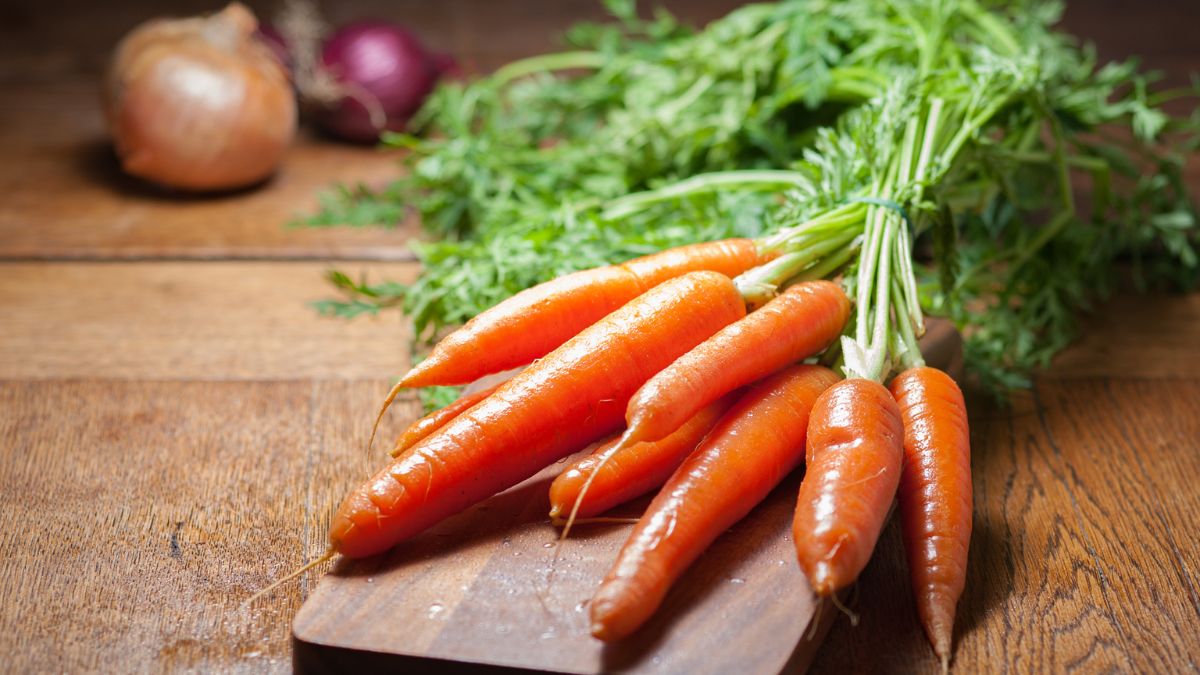Volcanic eruptions once devastated Lanzarote in Spain's Canary Islands, leaving the terrain barren and seemingly inhospitable. Yet, the locals transformed the harsh land into thriving vineyards. By combining dry farming techniques with centuries-old traditions, they cultivated grapes in pits carved into the volcanic ash, or picon. The wines born from this resilient landscape are now placing the island firmly on the global wine map.
Also Read: Don't Drink Spoiled Wine! 3 Signs Your Wine Is Not Worth Drinking
From Ash To Vines:
The rugged landscape of Lanzarote bears the scars of volcanic eruptions, with lichen-covered rocks and vast expanses of volcanic ash, or picón. A prolonged eruption in the 1800s blanketed the archipelago in ash, reported the Nod Magazine. The volcanic landscapes enabled the rise of a new industry: winemaking.
On the islands of Lanzarote, grapevines thrive in the fertile soil created by black volcanic ash. To protect the vines from harsh winds, farmers plant them in pits dug into the ash. The result is high-end wines made from rare varieties like Malvasia Volcánica. However, this centuries-old tradition is now facing threats from climate change and tourism, drawing attention from UNESCO.
Also Read: Having Trouble Cleaning Your Wine Glasses? Try These 5 Tips For Spotless Results

Photo Credit: Pexels
The Start Of It All:
The massive eruption on Lanzarote took place in 1730 and lasted almost six years. This natural phenomenon profoundly changed the archipelago's terroir. The volcanic ash soil, despite its barren appearance, became rich in minerals like iron and magnesium. These nutrients imparted unique flavours to the grapes, including notes of salt, smoky undertones, and a bright acidity. According to Food & Wine, Lanzarote's oldest winery, El Grifo, was founded in 1775. It still stands strong, offering travellers a tour of the vineyards and the on-site museum
Today, Lanzarote is a vast expanse of black rocks, with the dormant volcano's ground still radiating warmth. Amidst this dramatic landscape, the vineyards stand out with their unique appearance. Each vine is planted in a depression and shielded from harsh winds by a semi-circular wall of dark volcanic rock.
Also Read: Wine Etiquette 101: 5 Essential Tips For Holding Your Bottle While Pouring Wine

Photo Credit: Pexels
The Wine That Defines Lanzarote:
Malvasia Volcánica, a grape variety exclusive to the Canaries, dominates Lanzarote's vineyards, accounting for 80% of the archipelago's crop. Other prominent varieties include Listán Blanco (also known as Palomino) and Listán Negro, which together comprise over 60% of Lanzarote's wine production. The archipelago's largest island, Tenerife, makes up 65% of the wine output.
In 2024, the Canary Islands produced around 3.5 million litres of wine. A significant portion of it was exported to Europe and America.












